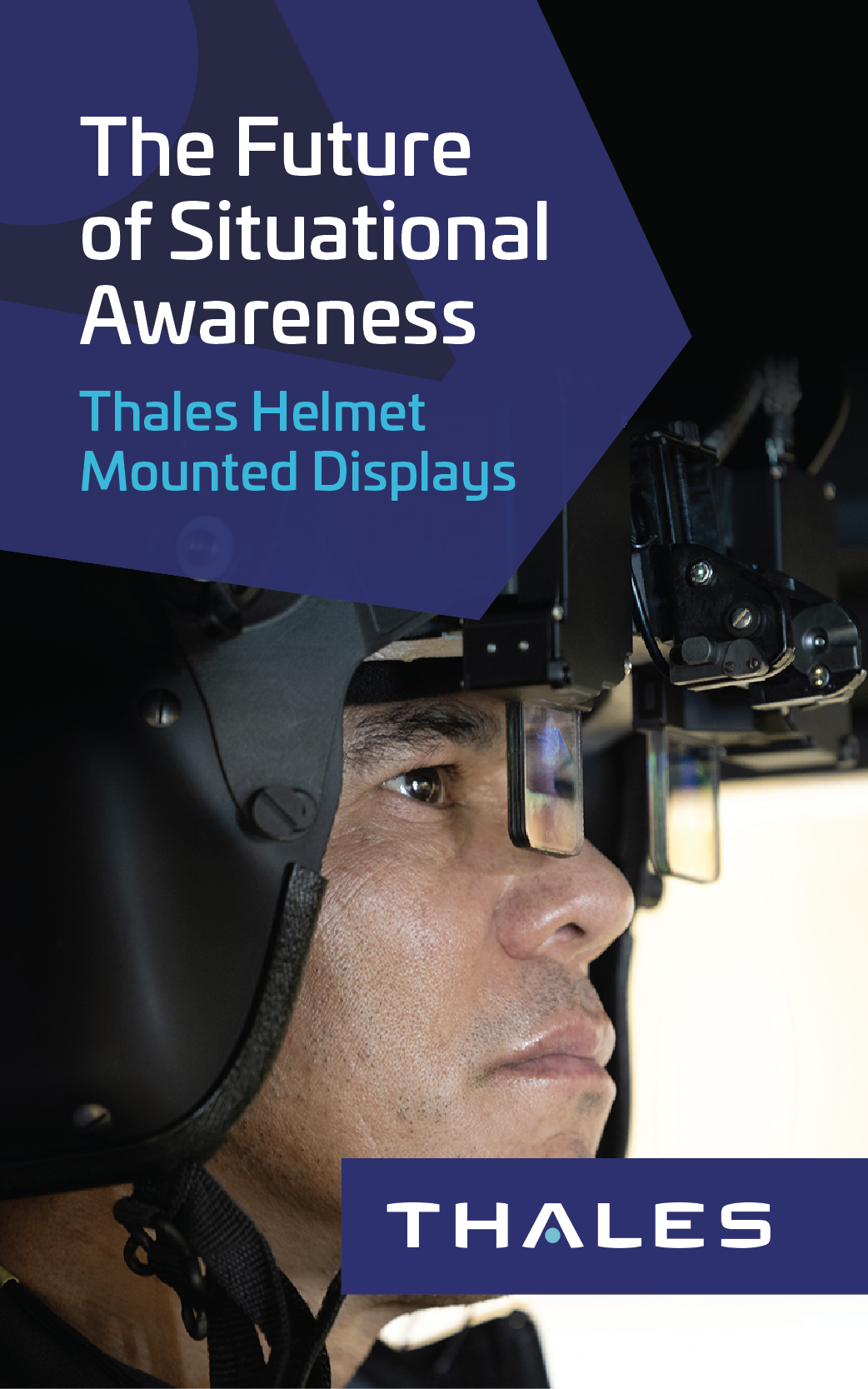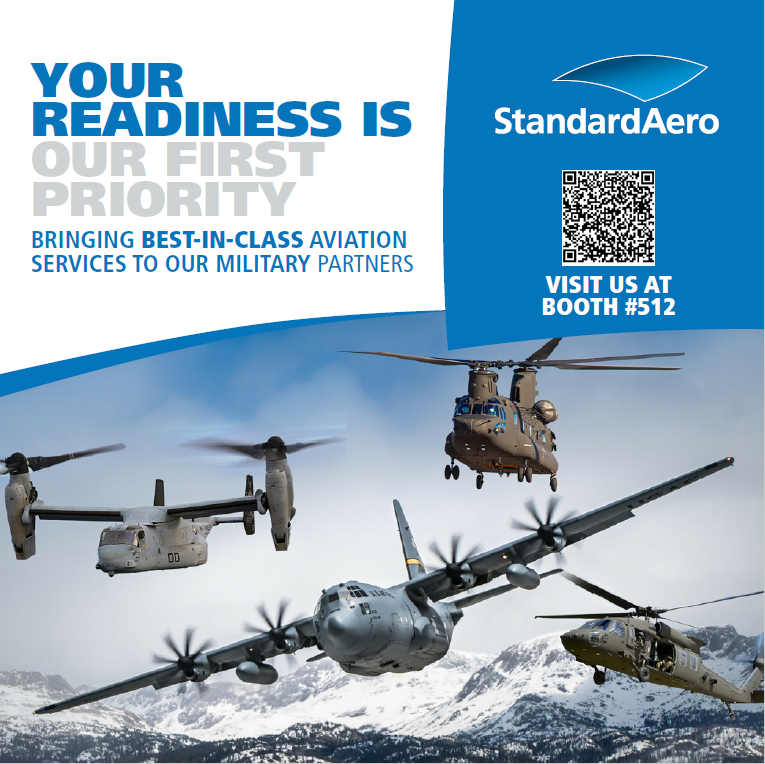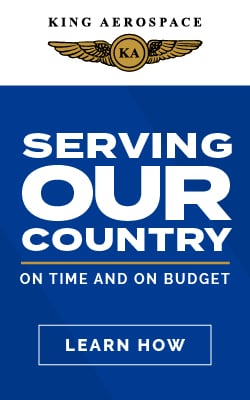
USASOAC Command Chief Warrant Officer Update / By CW5 Douglas M. Englen: An airline transport pilot certificate requires a pilot to be 23 years of age and have 1,500 hours total time as a pilot. Pilots with fewer than 1,500 flight hours may qualify for a restricted privileges airline transport pilot certificate beginning at 21 years of age if they are a military-trained pilot, have a bachelor’s degree with an aviation major, or have an associate’s degree with an aviation major.
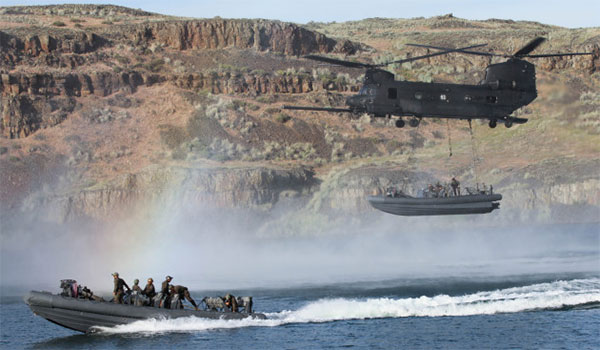
USASOAC COURTESY PHOTOS
What does that mean with respect to our profession as Army Aviation Warrant Officers? What does that mean to an Army Special Operations Aviation (ARSOA) Warrant Officer? The aviation professionalism is the core competency we abide by in order to maintain and develop the force. The Federal Aviation Administration (FAA) has grown in parallel with military aviation since 1926, but controls the airspace and regulations we operate in outside military special use airspace. So, we as Army Aviators are required to maintain our professional pilot (aviator) credibility to remain comparative. Taking the discussion one step further, ARSOA maintains the Army Aviation core competencies to remain relevant, and adds more complex mission requirements developed by the United States Army Special Operations Command (USASOC).

Warrant officers within the USASOAC not only ensure the technical and tactical competence expected of the cohort, but also the continuity of expertise managing ARSOA warfighting systems and equipment that is unique across the Department of Defense. Separate doctrine was developed over decades of lessons learned within SO. This doctrine provides flexibility in a fluid threat environment. An ARSOA WO must be educated in the full spectrum of SO (to include all military sister service regulations) to determine course of action development, both conventionally and unconventionally. This is the primary reason for high proficiency levels once an Aviator WO enters ARSOA as outlined in DA PAM 600-3. An ARSOA WO is charged with a high level of responsibility ranging from tactical to strategic level planning while operating in a decentralized controlled environment.
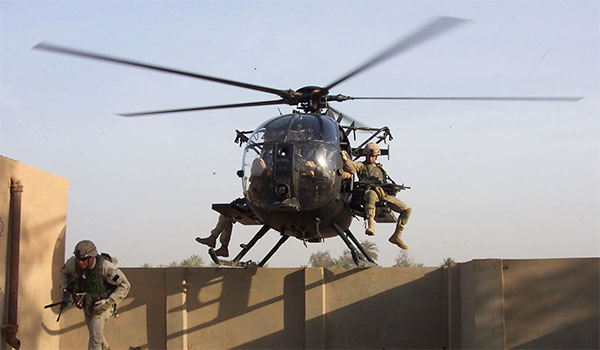
How do we do it? Train, educate, and learn. We train to the Army core values and skills, in addition to sister service regulations and tactics (like the Air Force Weapons School, the Marine Weapons Tactics Instructor course, etc.). We teach Army doctrine with a primary concentration to the guidelines of Joint Doctrine and Publications, since not all ground forces within SOCOM are Army. We learn from our successes and mistakes by means of brutal mission de-briefs and rehearsals. We also learn from the entire joint military aviation enterprise since we are small force.
Strategic Guidance – ARSOA, as a special operations joint force provider for the entire SOCOM enterprise, operating by, with, and through partner nations, host nations, allies, and the interagency enterprise. Understanding the cascading strategic guidance provided by the National Security Council, Department of Defense, and Chairman of the Joint Chiefs of Staff, the Army, SOCOM and USASOC, is critical to determining the future requirements for ARSOA forces.

Aside from the challenges of supporting the SOCOM enterprise, our true interdependence is with the U.S. Army Combined Arms Center and U.S. Aviation Center of Excellence (CAC, USAACE). The core subjects are taught by the WO Advanced Course, ILE and SSE; the bedrock of our profession within SO. ARSOA is not an effective force without the Army Aviation education system, defining skills provided by USAACE (Track schools, DOTD, DES, TCM’s, etc.). We additionally rely on the aviation talent, superb equipment, and advanced technology the Army Aviation enterprise provides. Total Army personnel end strength has had a direct impact on our recruiting over the last 30 years. The latest aviation restructure initiative will also have ARSOA recruiting effects on the Army Aviation WO availability.
Our Special Operations Aviation Warrant Officers are proud to be a part of something very large residing within small units. We truly enjoy flying the nation’s special operations forces, anytime, anywhere around the globe. Volare Optimos, “To Fly the Best.” CW5 Douglas M. Englen, is the third command chief warrant officer of the U.S. Army Special Operations Aviation Command (Airborne) (USASOAC), Fort Bragg, NC.
CW5 Douglas M. Englen, is the third command chief warrant officer of the U.S. Army Special Operations Aviation Command (Airborne) (USASOAC), Fort Bragg, NC.













